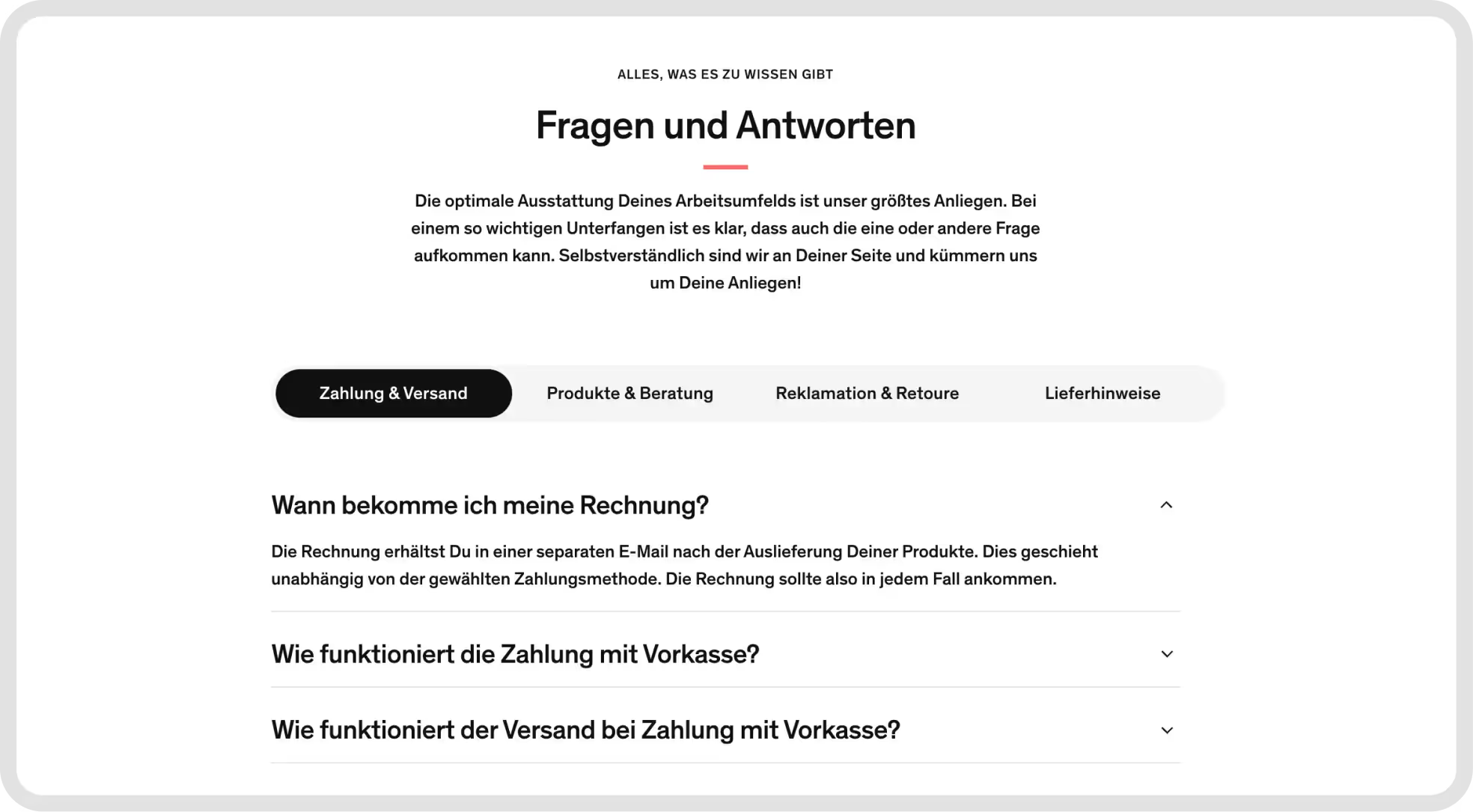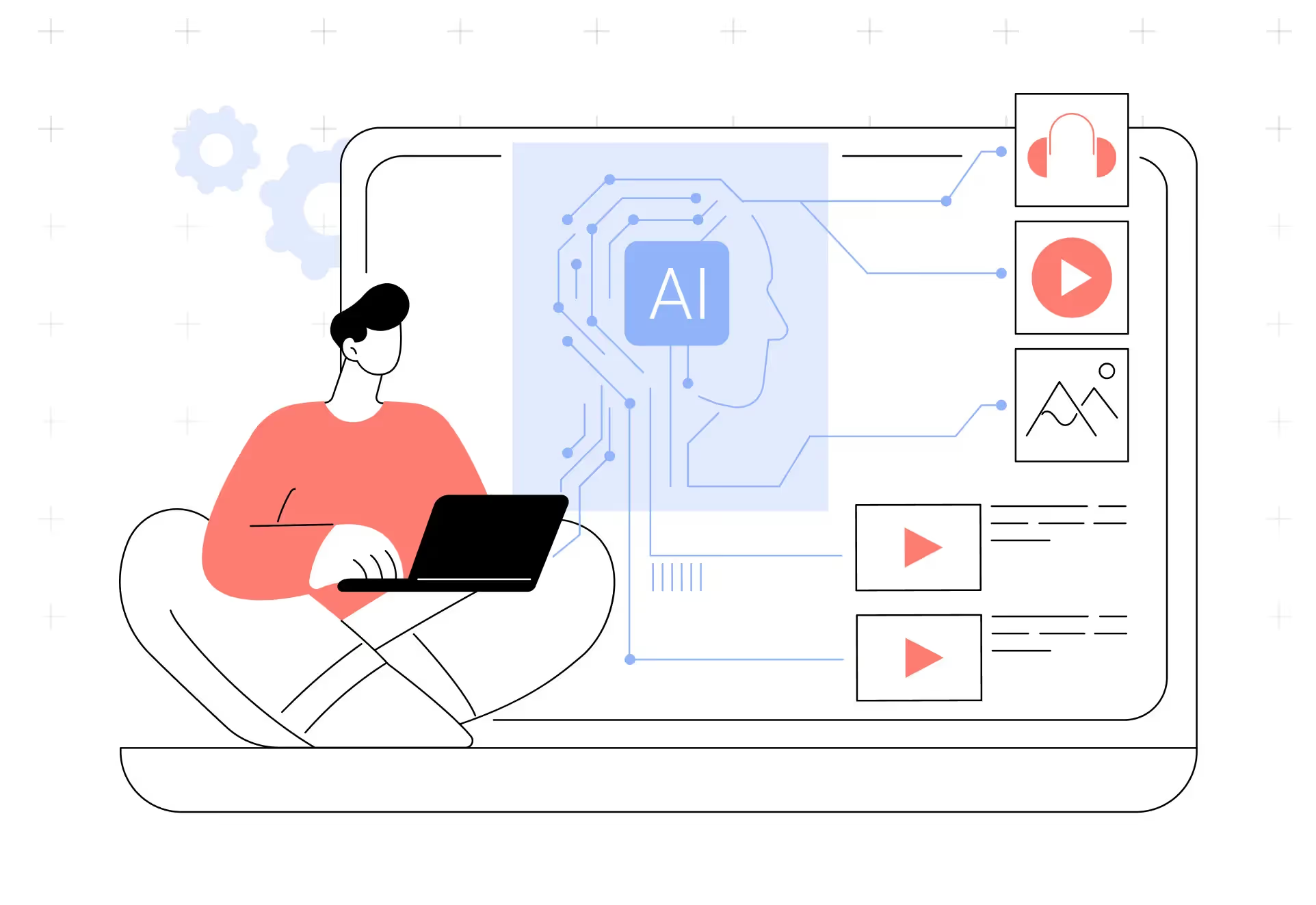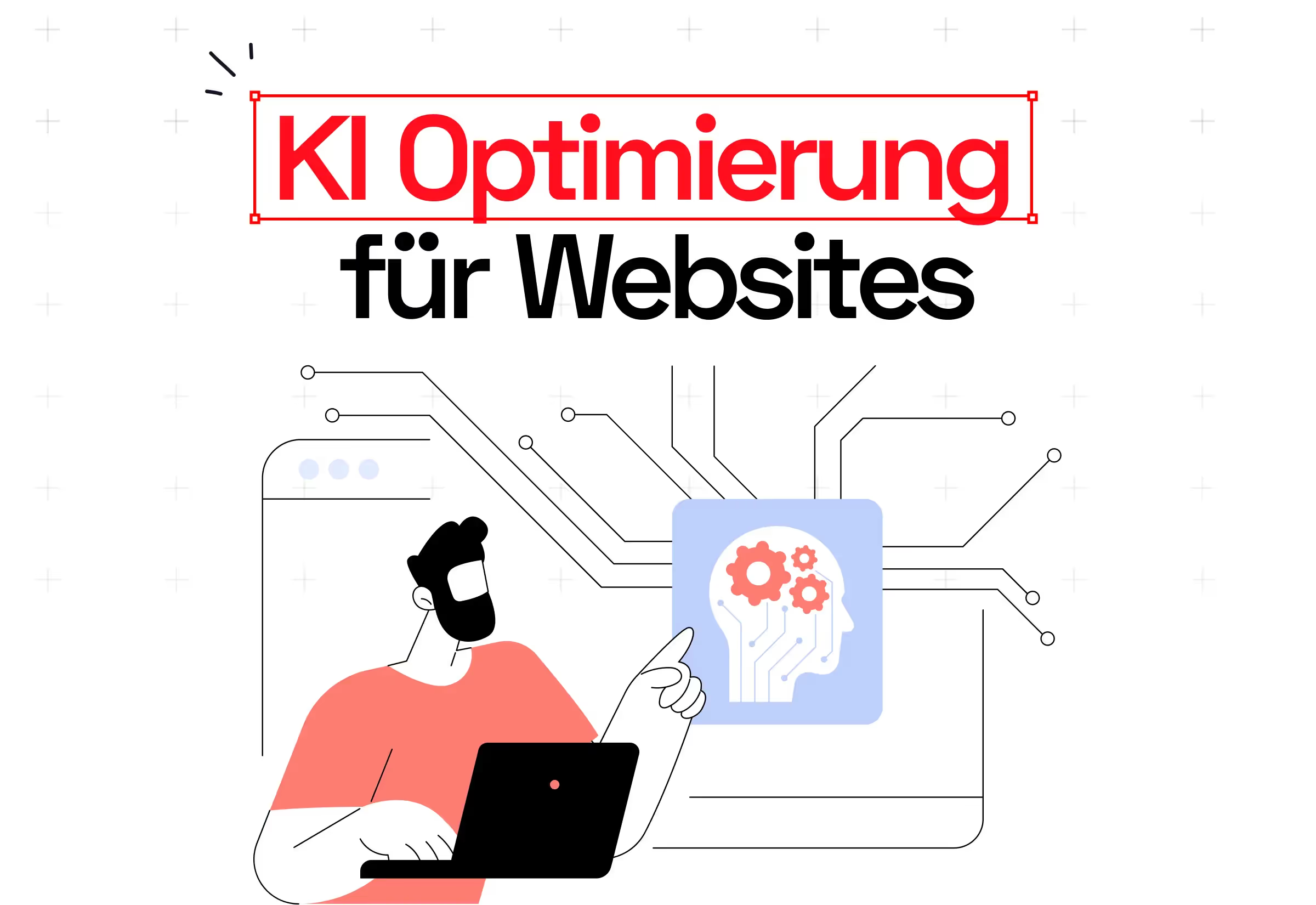🤖 The era of AI optimization (AEO = Answer Engine Optimization): Why traditional SEO is no longer enough
The new digital reality: Why AI optimization (AEO) is becoming indispensable
The digital landscape is in a state of upheaval. While some dismiss the rapid development of artificial intelligence (AI) as hype, hard facts prove the disruptive power it is already exerting on user behavior and the visibility of brands. Those who fail to act now risk becoming irrelevant in the new digital era.
Let's look at the facts that make optimization for AI models unavoidable:
- Massive user base: According to statistics, ChatGPT has between 20 and 24 million monthly users in Germany alone (source: gpt-insights.de). This reach can hardly be ignored with traditional marketing channels.
- AI as a primary search source: By 2023, over 13 million US adults were already using AI models as their main search source (source: semrush.com). These figures are likely to have risen significantly since then.
- The "zero-click" effect: Google searches are increasingly ending with an actual click on a website in only around a third of cases. The AI-generated summary (AI snapshot) is often completely sufficient for the user (source: sparktoro.com).
- In-app conversions: Platforms such as ChatGPT are planning to introduce direct purchase functions. This allows users to make purchases directly in the app without ever having to visit the actual store website.
For brands, this development means that visibility within AI systems must be massively increased in order to generate sales.
The pillars of AI SEO optimization (AEO): A systematic approach
There is no single "miracle solution" for AI optimization. Rather, it is a complex puzzle of proven SEO principles and new, specific adaptations.
1. fundamental SEO basis: the key to AI visibility
The foundation for AEO is still impeccable traditional search engine optimization (SEO). The rule of thumb is: the more prominently your site ranks in Google, the more likely it is to be used by large AI models as a citable and trustworthy source (source: superprompt.com).
- Meta data and title tag:
- Title tag: Maximum 60 characters. The most important keyword belongs at the beginning. The brand name is added at the end (e.g. "| your brand"). Generic titles such as "Home" should be avoided.
- Meta description: 150 to 160 characters. The keyword should also appear early in the text.
- Hierarchical headings (H1-H6): Like Google, AI systems use headings to capture the structure and content of the page. A logical, keyword-focused with a correct hierarchical structure (H1-H2-H3) without jumps is essential.
- Page speed: A high Google ranking is closely linked to a fast loading time. Images should be optimized (WebP format recommended), animations reduced and the use of JavaScript kept moderate.
- Accessibility through alt texts: As it is unclear how deeply AI models interpret images, meaningful alt texts describing the image content are mandatory. Alt texts are primarily used for accessibility, but can contain subtle keywords relevant to the topic.
2. trust signals: social proof as a decision-making aid for AI
AI models act like human users when comparing products: they look for social proof and trustworthy opinions.
- Use authentic reviews: Place authentic, detailed customer reviews prominently on the home and product pages.
- Emphasize concrete added value: Statements such as "Everything top" are not target-oriented. The reviews should mention specific benefits, figures, data and facts that the AI can use for comparisons (e.g. "User XYZ emphasizes that the battery life is X hours").
- Context for B2B: In the B2B sector, reviews should include the author and the company name where possible in order to increase credibility.
3. direct answers: feed the AI
AI models "love" clearly structured question-answer sections, as they can ideally use them to generate rich text snippets (often realized as FAQ schema).
- Needs-based FAQs: Use Google's "similar questions" suggestions by searching for your most important keyword followed by "FAQ". Take these questions and supplement them with concise, precise answers.
- Integrate support and customer questions: Frequently asked questions from customer support are also ideal. The answers should be short and to the point.

4 E-E-A-T and expertise: trust through authority
In line with Google's E-E-A-T (Experience, Expertise, Authoritativeness, Trustworthiness), AI systems actively search for indicators of credibility and expertise.
- Author profiles: Each specialist article should contain an author box with photo, name, position and a short bio. This helps the AI to assess the quality and authority of the author.
- Certifications & publications: List certifications, important mentions and publications prominently on the website. Important: Provide precise alt texts for logos and certificates so that the AI can understand their exact meaning.

5. structured data (schema markup): The machine-readable language
This is one of the most important and most often neglected points. Structured data is machine-readable information that helps the AI to read the content of your website directly without interpretation.
- Basics: Find out about the specifications at schema.org.
- Important schema types:
- Organization Schema: Basic company information (name, logo, contact details, social media). Should be implemented on all pages.
- Article Schema: For blog posts and articles (title, date, author, short description).
- Product schema: Essential for online stores (product name, prices, retailers, availability).
- FAQ schema: For question-answer pairs that can be played out directly as a rich text snippet.
- Review scheme: For reviews, including stars, author and text.
Studies show that correctly implemented schema markups can lead to up to 40% higher call rates (source: wordlift.io). You can check your schema with the Google Rich Results Test.
6. LLMS.txt: Looking to the future
The LLMS.txt is a text file (in Markdown format), currently still based on a community initiative, which provides specific information about your website for Large Language Models (LLMs) (important pages, markups, context).
Even if active use by OpenAI, Google or Anthropic has not yet been officially confirmed, the file is already supported by large platforms such as Webflow. Implementation is quick and can be an important advantage in the future.
💡 Conclusion and outlook
Much of what ensures an excellent ranking for Google also works as a basis for AI optimization. However, the decisive difference lies in the quality and structure of the data provided.
Websites that focus on clear hierarchies, high expertise signals and, in particular, correctly implemented structured data are optimally equipped for the new era of AI search. The AI landscape is evolving rapidly, so continuous monitoring and rapid response to new standards is essential to ensure digital visibility.

Status: November 2025





